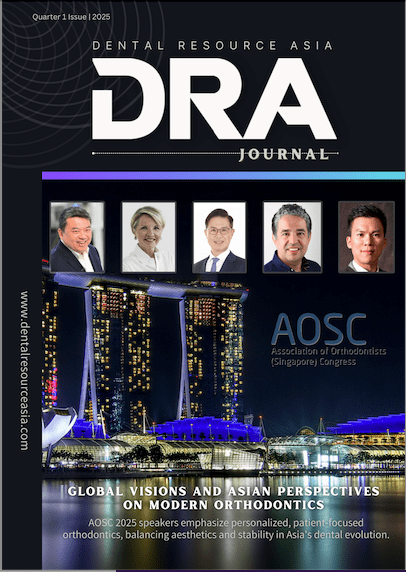Dental Subsidies—A Vital Investment in Public Health
Access to affordable dental care is a critical yet neglected aspect of global health systems. Recent initiatives in Hong Kong and Singapore highlight both the urgency of addressing oral health disparities and the complexities of designing effective subsidies.
In Hong Kong , the Primary Dental Co-care Pilot Scheme for Adolescents (launched March 2025) offers HK$200 subsidies for annual check-ups for 13–17-year-olds. However, low dentist participation—only 4% of the city’s 2,600 practitioners—threatens its impact. Technical barriers, such as eHealth system integration, and variable co-payments (HK$50–780) limit accessibility, while rural districts face clinic shortages. Without incentives for dentists or price controls, the scheme risks excluding low-income families.
Singapore ’s reforms, by contrast, demonstrate strategic foresight. Enhanced subsidies under the Chas scheme (Q4 2025) will slash costs for tooth-preserving procedures like root canals by up to 50% for seniors, with Flexi-MediSave extensions for those aged 60+. Fee benchmarks aim to prevent price gouging, while redirecting patients from overburdened public clinics to private providers. Yet, success depends on educating patients about the long-term benefits of preserving natural teeth over extractions.
Effective dental subsidies require equitable design, dentist engagement, and preventive care prioritization. Hong Kong’s structural hurdles and Singapore’s balanced reforms reveal that subsidies must integrate systemic fixes—geographic outreach, transparent pricing, and provider incentives—to transform oral health from a privilege into a universal right. Governments must act decisively to ensure dental care becomes a pillar of holistic public health.
Until next time,
Camille Chan,
Editor, DRA Digest
NEWS
PRODUCTS
The information and viewpoints presented in the above news piece or article do not necessarily reflect the official stance or policy of Dental Resource Asia or the DRA Journal. While we strive to ensure the accuracy of our content, Dental Resource Asia (DRA) or DRA Journal cannot guarantee the constant correctness, comprehensiveness, or timeliness of all the information contained within this website or journal.
Please be aware that all product details, product specifications, and data on this website or journal may be modified without prior notice in order to enhance reliability, functionality, design, or for other reasons.
The content contributed by our bloggers or authors represents their personal opinions and is not intended to defame or discredit any religion, ethnic group, club, organisation, company, individual, or any entity or individual.

















